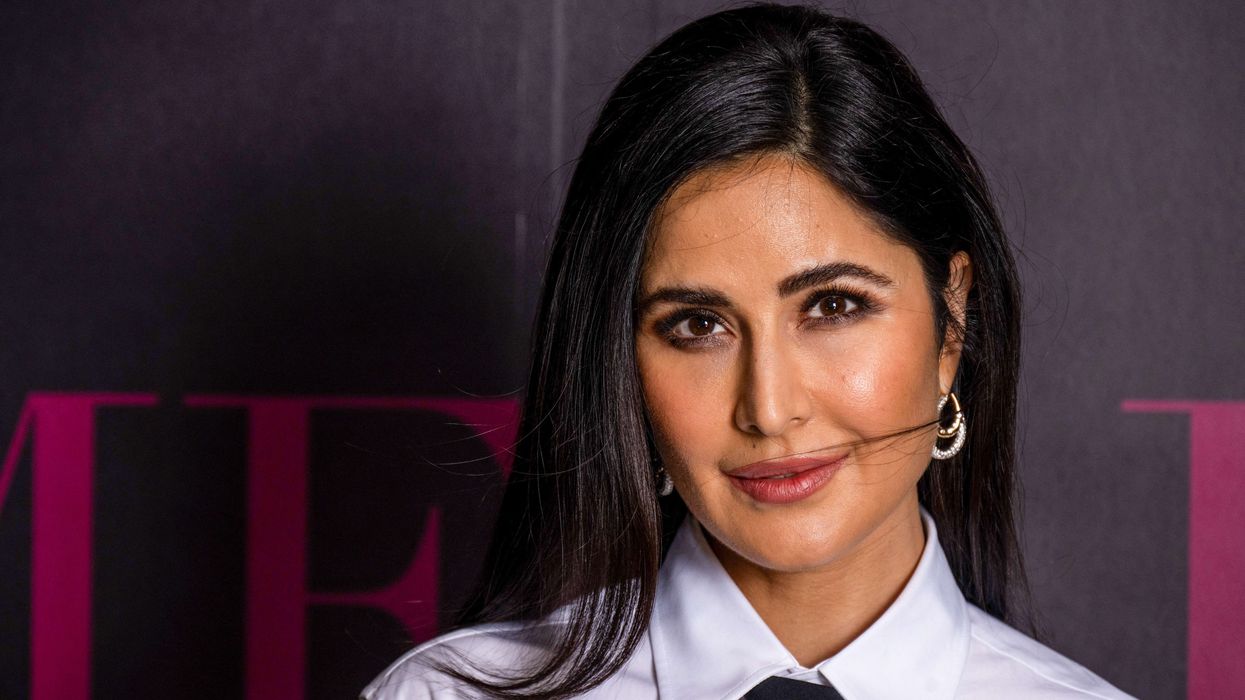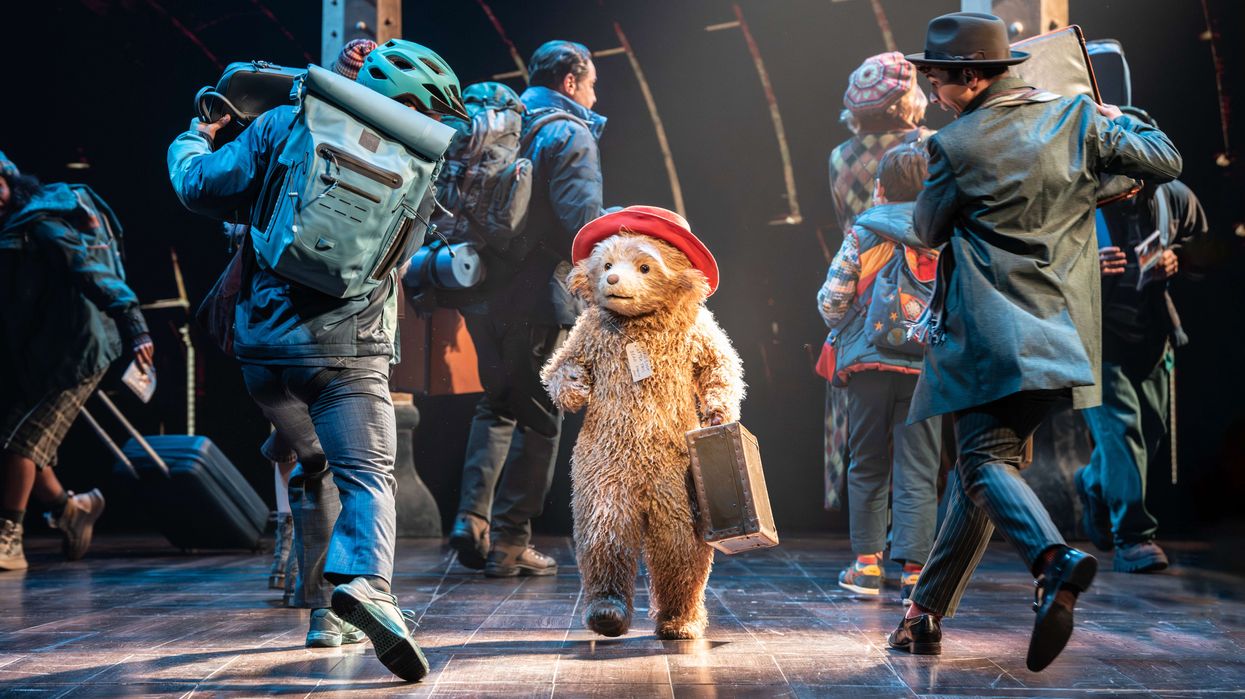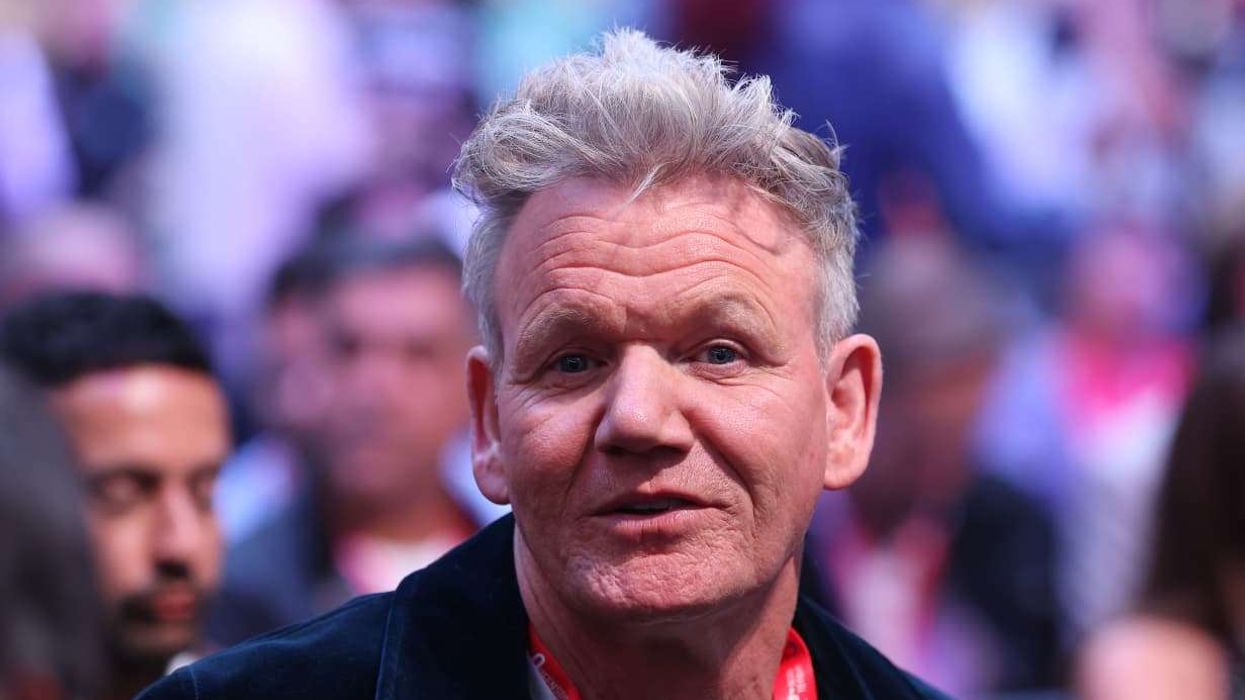LIKE many, Anisha Dixit was an aspiring actress trying to make it in Bollywood.
After more than 500 rejections, Caleb, her then boyfriend and now husband, suggested she explore YouTube, whilst still auditioning.
This was when there were few Indian content creators. She learned how YouTube works, and started living her childhood dream of being in front of a camera.
A decade later and she is big online star with nearly five million followers across social media platforms, including over 769,000 on Instagram. The multi-talented influencer entertains audiences through her comedy sketches and vlogs. This has enabled her to collaborate with big names like Priyanka Chopra Jonas, Kartik Aaryan, Sara Ali Khan, John Abraham and many more.
Eastern Eye caught up with the trained actress to discuss her successful online journey, inspirations, advice for aspiring content creators and comedy. She also spoke about meeting President Barack Obama and the important generation equality campaign she backs.
Did you ever imagine becoming so successful?
Well, I never tried to chase any fame or big following. When I started, I knew this would be a part of my career, and thankfully I was aware enough that I don't have to let any following or fame get into my head.
What drew you towards comedy in particular?
Back in 2013, when I started, I used to do all kinds of experimental videos, trying to figure out content I wanted to make. Then I found that my comedy sketches were getting great engagement and traction. That's how I decided to go for the comedy genre.
Which of your videos has been your own personal favourite?
I love all the videos I have created, but if I have to choose one then it's gonna be my ‘Normal vs Psychopath’ series on Instagram.

You have collaborated with many celebrities, but who has been the most memorable?
Yes, I have made videos with a lot of Bollywood personalities like Katrina Kaif, John Abraham, Tiger Shroff and many more, but meeting and interacting with Priyanka Chopra Jonas has been the most memorable.
What was it like meeting Barack Obama?
Meeting the former President of the United States, Mr Barack Obama has to be the most memorable moment of my Life and I will never forget it. YouTube India and Google India gave me the opportunity to meet and interact with former President Obama.
Tell us about something from the encounter with President Obama?
We lined up to meet him one by one. Everyone shook hands, smiled for the camera, and left. When it was my turn, I ran and directly hugged him. His security was taken aback, thinking I might be someone crazy, but the coolest thing was that Obama himself hugged me back. That is when the security chilled out. Later, I told him how I love him and Michelle Obama, and that they inspire me a lot. Thankfully, he said, he loves me back. Obama is super awesome. I will never forget this special moment.
Where do you get inspirations for your videos from?
Mostly, my inspiration comes from daily life observations. Things we all go through and are not much aware or conscious about. Bringing those little details into the light makes my content relatable. Nowadays, my content is also inspired by Internet trends.
The most important plan and goal in life is to grow and work on myself every day and become a better human being. At the same time, I wish to help people grow. Everything else like money and fame might come and go, but what really matters is to grow as a human being and not be stagnant.
Who would you love to work with?
I have had the opportunity and honour to work with many people, but one person I would love to work with would be SS Rajamouli sir! He is a one-of-a-kind genius!
What is it like being part of the Generation Equality campaign you support?
I am extremely honoured to work with UK Women and be a part of this amazing campaign. Since the beginning, my goal has always been to empower and inspire girls. This opportunity helped me be closer to my goal. I raised awareness for the #GenerationEquality campaign through my social media and the response was massive. I’m so happy that people actively want to reduce the gap between genders. It was a great success.
How important is the issue of women and girls’ rights to you?
It's very important to me because I'm a woman myself, and my main aim of making content has always been to inspire and empower as many women and girls as possible. If we don't have enough awareness, no change will come in our society.
What advice would you give to aspiring content creators?
Listen to your inner voice and never give up! Evolvement is a key factor in content creation and most importantly in your personal life. Never be stagnant, because, in this fast, ever-changing digital era and world, one always needs to reinvent themselves.
What inspires you?
The opportunity I get to touch and impact so many different lives, inspires me most! Never would I have imagined that there will be millions watching and connecting with me daily. I feel extremely blessed and grateful for this. Sometimes, I still don’t believe it, even after making content for almost 10 years. But every time someone tells me how much they love watching my videos, I feel so humbled and grateful. And that reaffirms my inspiration.
Instagram: @anishadixit & YouTube: Anisha Dixit






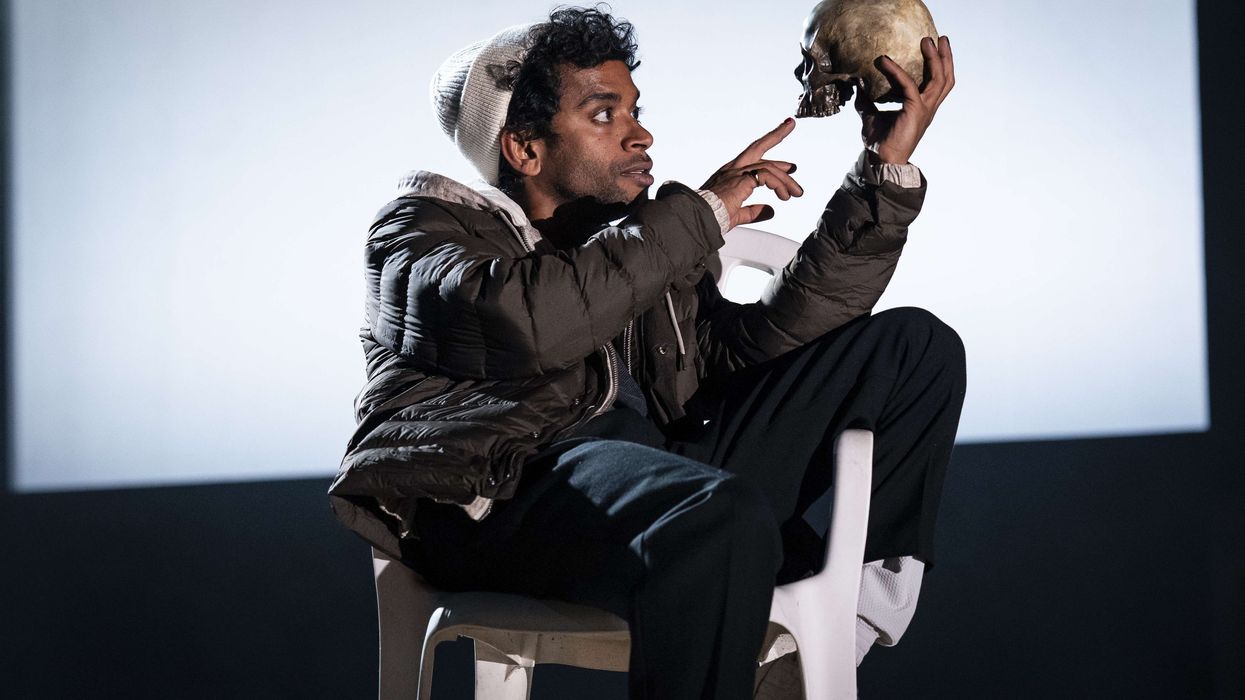
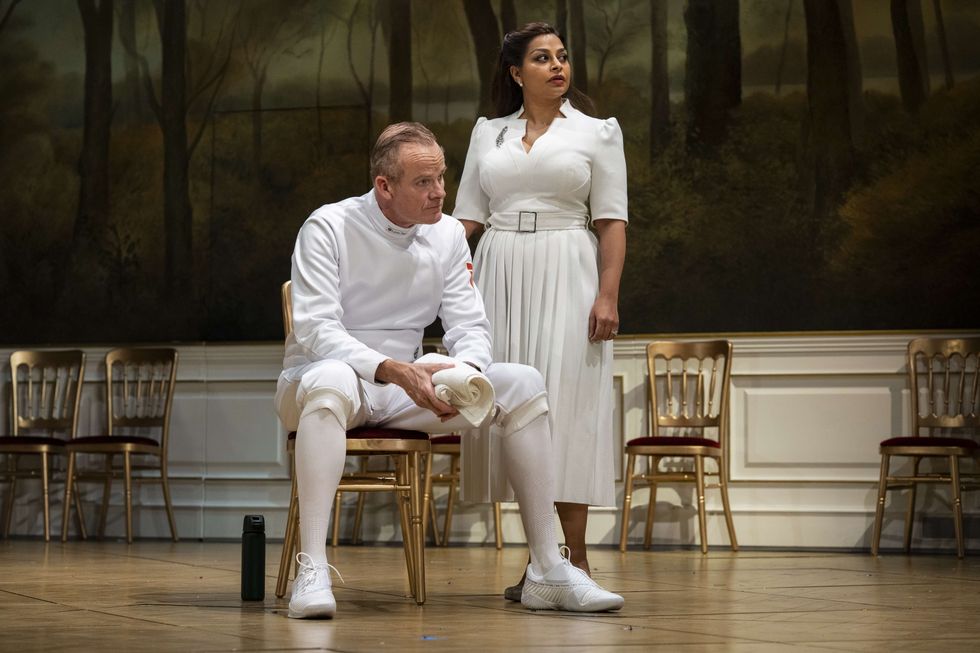 Alistair Petrie (Claudius) and Ayesha Dharker (Gertrude) Sam Taylor
Alistair Petrie (Claudius) and Ayesha Dharker (Gertrude) Sam Taylor 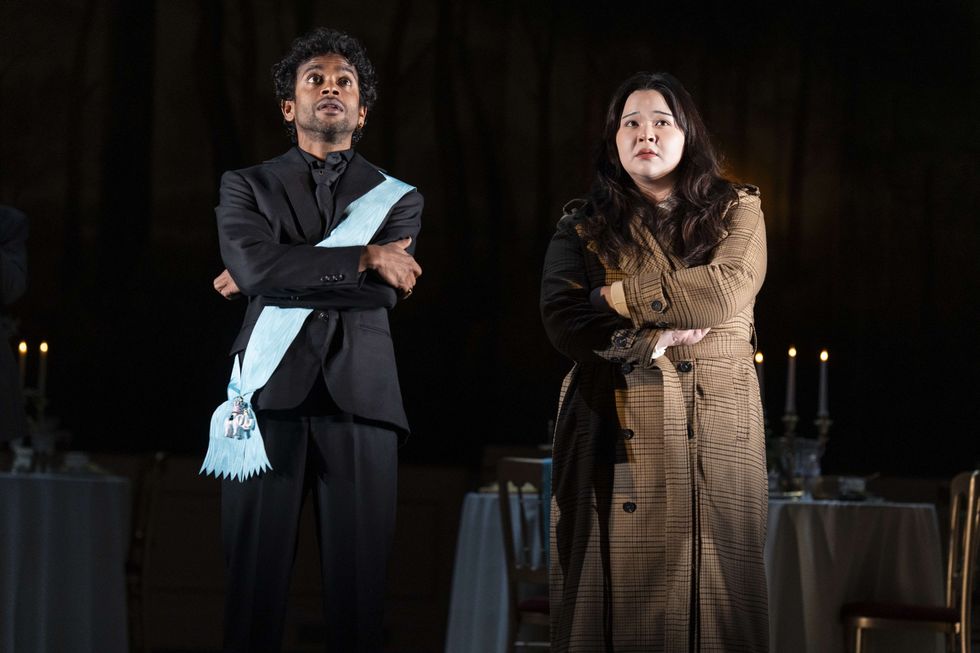 Hiran Abeysekera (Hamlet) and Tessa Wong (Horatio) Sam Taylor
Hiran Abeysekera (Hamlet) and Tessa Wong (Horatio) Sam Taylor 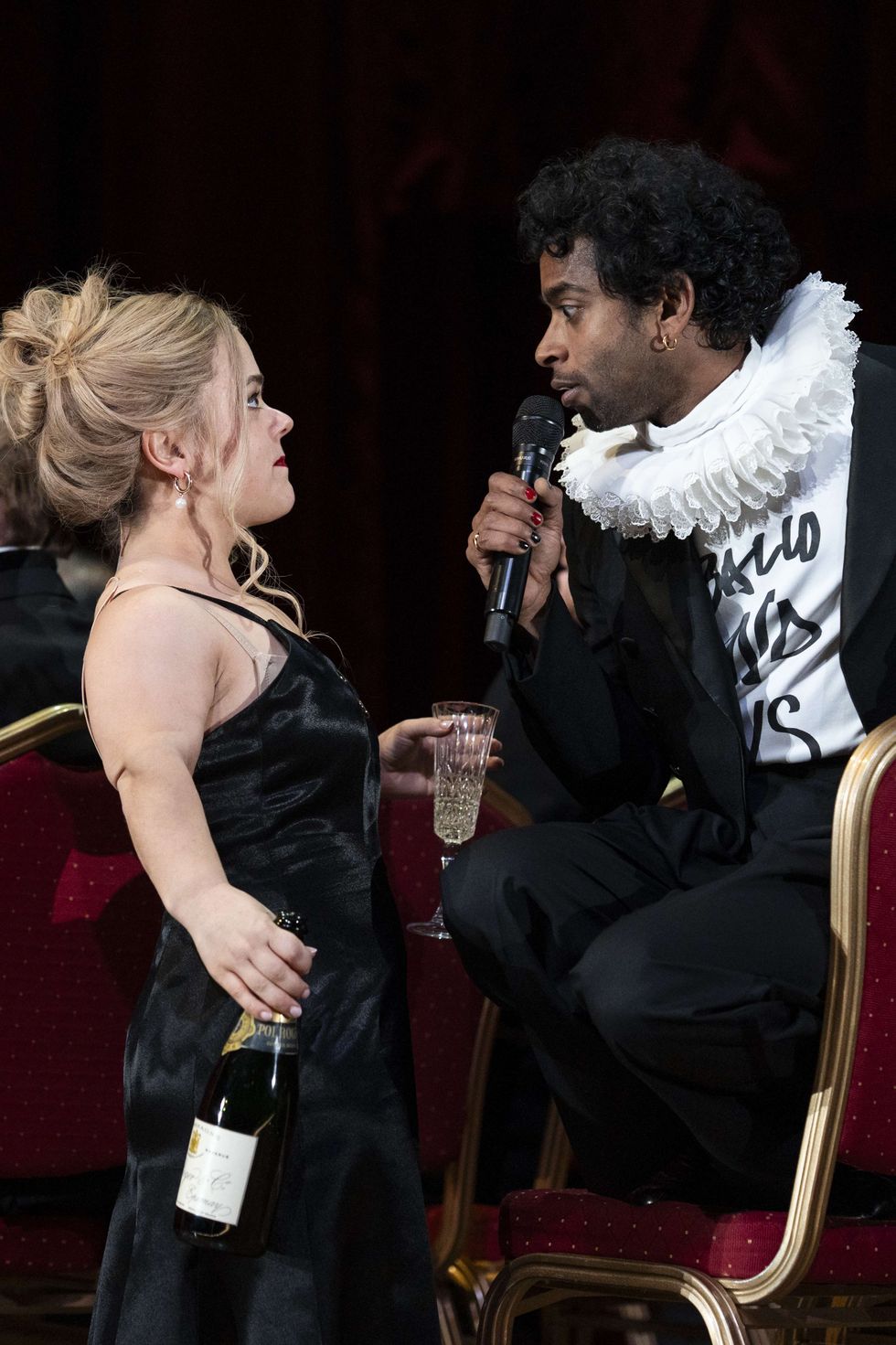 Francesca Mills (Ophelia) and Hiran Abeysekera Sam Taylor
Francesca Mills (Ophelia) and Hiran Abeysekera Sam Taylor 
